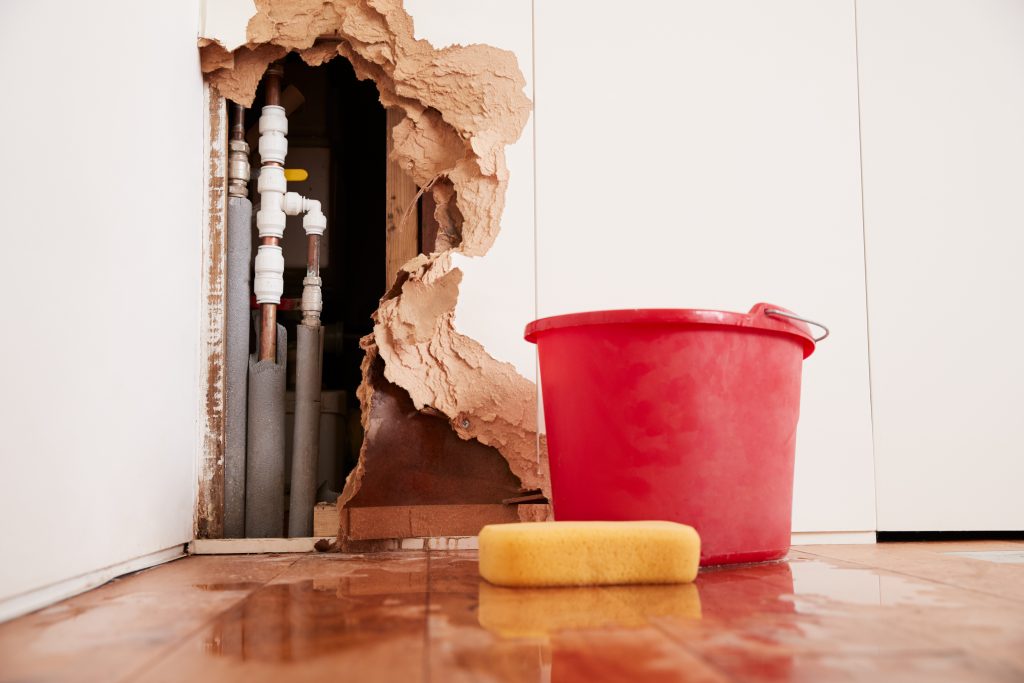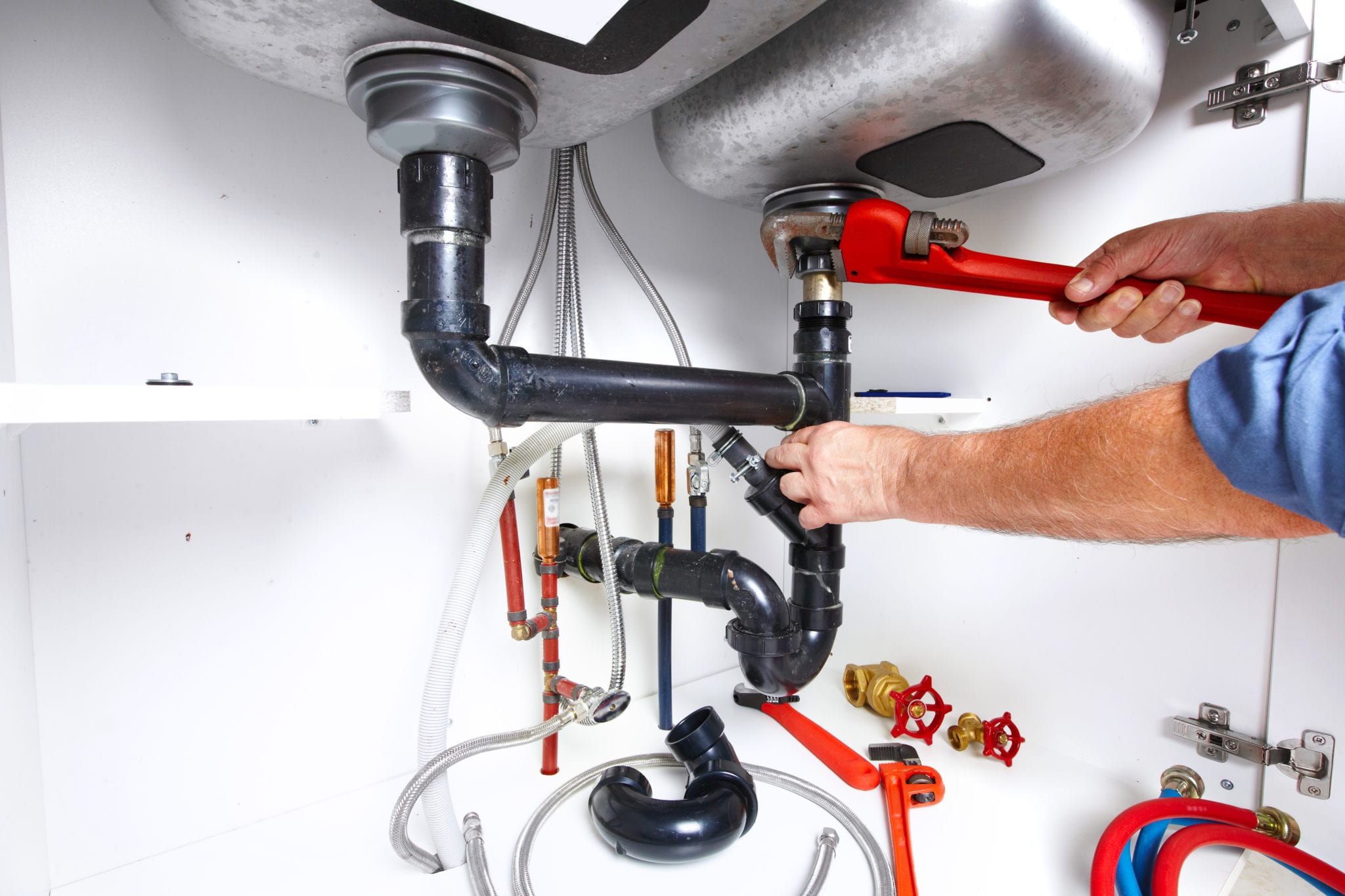Guide To Water Leakage Discovery In The House
Guide To Water Leakage Discovery In The House
Blog Article
The article following next about Locating water leaks is truly compelling. Have a go and draw your own personal final thoughts.

Early discovery of leaking water lines can alleviate a possible catastrophe. Besides conserving you money, it will certainly reduce the worry as well as aggravation. The minute you discover a leakage, calling your plumber for repair services is the most effective option. Some little water leaks might not be noticeable. If you can not detect it with your naked eyes, right here are some hacks that assist.
1. Analyze the Water Meter
Every home has a water meter. Inspecting it is a guaranteed manner in which aids you discover leakages. For beginners, shut off all the water sources. Ensure no person will flush, make use of the faucet, shower, run the washing device or dishwasher. From there, most likely to the meter and watch if it will certainly alter. Since nobody is utilizing it, there must be no activities. That indicates a fast-moving leak if it moves. Also, if you discover no changes, wait an hour or 2 and check back once again. This suggests you might have a slow-moving leakage that can even be underground.
2. Inspect Water Intake
Analyze your water costs and track your water consumption. As the one paying it, you need to notice if there are any kind of discrepancies. If you detect sudden changes, regardless of your usage being the same, it suggests that you have leakages in your plumbing system. Bear in mind, your water expense ought to drop under the exact same range every month. An abrupt spike in your expense suggests a fast-moving leakage.
A stable rise every month, even with the exact same behaviors, shows you have a slow-moving leak that's likewise gradually escalating. Call a plumber to thoroughly examine your residential property, specifically if you really feel a cozy location on your flooring with piping underneath.
3. Do a Food Coloring Test
When it comes to water consumption, 30% comes from bathrooms. If the shade in some way infiltrates your dish throughout that time without flushing, there's a leakage in between the container and dish.
4. Asses Outside Lines
Do not forget to check your outside water lines as well. Test spigots by connecting a yard pipe. Should water seep out of the connection, you have a loose rubber gasket. Change this and also ensure all connections are limited. If you've obtained a sprinkler system, it will assist get it expertly took a look at as well as preserved every year. One tiny leak can throw away lots of water as well as surge your water expense.
5. Evaluate and also Examine the Situation
Homeowners need to make it a routine to check under the sink counters and also even inside closets for any type of bad odor or mold development. These two warnings suggest a leak so timely attention is called for. Doing routine inspections, also bi-annually, can save you from a significant issue.
If you understand your home is already old, maintain a watchful eye on your heating systems, hose pipes, pipelines etc. Look for discolorations and also compromising as the majority of pipes and home appliances have a life span. They will likewise normally weaken as a result of wear and tear. If you presume dripping water lines in your plumbing system, don't wait on it to rise. Call a specialist plumber as soon as possible so you don't end up with a horrible mess in your house.
Early discovery of dripping water lines can mitigate a potential catastrophe. Some small water leakages may not be visible. Inspecting it is a guaranteed means that aids you uncover leakages. One tiny leak can squander heaps of water and also increase your water costs.
If you believe leaking water lines in your plumbing system, don't wait for it to intensify.
WARNING SIGNS OF WATER LEAKAGE BEHIND THE WALL
PERSISTENT MUSTY ODORS
As water slowly drips from a leaky pipe inside the wall, flooring and sheetrock stay damp and develop an odor similar to wet cardboard. It generates a musty smell that can help you find hidden leaks.
MOLD IN UNUSUAL AREAS
Mold usually grows in wet areas like kitchens, baths and laundry rooms. If you spot the stuff on walls or baseboards in other rooms of the house, it’s a good indicator of undetected water leaks.
STAINS THAT GROW
When mold thrives around a leaky pipe, it sometimes takes hold on the inside surface of the affected wall. A growing stain on otherwise clean sheetrock is often your sign of a hidden plumbing problem.
PEELING OR BUBBLING WALLPAPER / PAINT
This clue is easy to miss in rooms that don’t get much use. When you see wallpaper separating along seams or paint bubbling or flaking off the wall, blame sheetrock that stays wet because of an undetected leak.
BUCKLED CEILINGS AND STAINED FLOORS
If ceilings or floors in bathrooms, kitchens or laundry areas develop structural problems, don’t rule out constant damp inside the walls. Wet sheetrock can affect adjacent framing, flooring and ceilings.
https://www.servicemasterbyzaba.com/blog/how-to-detect-water-leakage-in-walls/

We were shown that report on Top leak detection hacks from a friend on another web property. Enjoyed reading our content? Please share it. Let another person find it. Many thanks for your time spent reading it.
Report this page